

Articles
How Fan Works
Modified: March 19, 2024
Learn how fan works and get insightful articles about fan technology, maintenance, and troubleshooting to keep your fan running smoothly and efficiently.
(Many of the links in this article redirect to a specific reviewed product. Your purchase of these products through affiliate links helps to generate commission for Storables.com, at no extra cost. Learn more)
Introduction
A fan is a device that is commonly used for providing comfort and ventilation in various settings, such as homes, offices, and industrial spaces. It is an indispensable appliance that helps circulate air, providing a cooling effect and improving air quality. Fans have evolved significantly over the years, incorporating advanced technologies and designs to enhance their efficiency and functionality.
In this article, we will explore the inner workings of a fan, its components, and the different types available in the market. We will also discuss the advancements in fan technology and their impact on energy efficiency. So, let’s delve into the fascinating world of fans and discover how they keep us cool and comfortable.
Key Takeaways:
- Fans have evolved with advanced motor technology, aerodynamic designs, and smart features, providing efficient cooling and ventilation while reducing energy consumption and noise production.
- Energy-efficient fans, equipped with brushless DC motors and optimized blade designs, offer customizable comfort, cost savings, and environmental sustainability, making them essential for a comfortable and eco-friendly lifestyle.
Read more: How A Ceiling Fan Works
Definition of a Fan
A fan can be defined as a mechanical device that creates a flow of air by rotating blades or vanes. It is designed to move air from one location to another, providing a cooling or ventilating effect. Fans are commonly used in homes, offices, commercial buildings, and industrial settings to improve air circulation and create a more comfortable environment.
There are various types of fans available, ranging from small portable fans to large ceiling fans and industrial fans. Each type is designed to serve a specific purpose and cater to different needs.
One of the key features of a fan is its ability to generate airflow. As the blades or vanes rotate, they create a pressure difference, causing air to move. This movement of air helps in dissipating heat, reducing humidity, and improving overall air quality.
Another important characteristic of a fan is its speed or rotation rate, which is typically measured in revolutions per minute (RPM). The higher the RPM, the greater the airflow generated by the fan.
Fans are also known for their noise production, which is measured in decibels (dB). Noise level can vary depending on the type and quality of the fan, as well as the speed at which it operates. Noise reduction technologies have been incorporated in modern fans to minimize disturbance and provide a quieter operation.
Overall, a fan is an essential appliance that helps us combat heat, improve ventilation, and create a more comfortable environment. Its functionality and versatility make it a popular choice for both personal and industrial use.
Components of a Fan
A fan consists of several key components that work together to generate airflow and create the desired cooling or ventilating effect. Understanding these components can help us comprehend how a fan functions. Let’s take a closer look at the various components of a fan:
- Motor: The motor is the heart of the fan. It provides the necessary power to rotate the blades or vanes. The motor can be either AC (Alternating Current) or DC (Direct Current) powered.
- Blades or Vanes: The blades or vanes are responsible for creating the airflow. They are attached to the motor shaft and rotate when the motor is activated. The design and configuration of the blades can vary depending on the type of fan.
- Hub: The hub is the central part to which the blades or vanes are attached. It provides stability and distributes the airflow evenly.
- Fan Housing: The fan housing encloses the motor, blades, and other internal components. It is designed to protect and support the fan. The housing may have openings or grilles to allow the passage of air.
- Speed Control Mechanism: Many fans have a speed control mechanism that allows users to adjust the rotation speed of the blades. This can be in the form of a rotary switch, buttons, or remote control.
- Base or Stand: Fans that are not mounted on a ceiling or wall often have a base or stand to provide stability. The base may have adjustable features for directing the airflow in a specific direction.
- Electrical Components: Fans also have electrical components such as capacitors, resistors, and switches that regulate the flow of electricity and control the fan’s operation.
- Optional Features: Depending on the type and design, fans may include additional features such as oscillation (side-to-side movement), timers, ionizers (to improve air quality), and remote control functionality.
These components work together to generate the airflow and provide the cooling or ventilation effect that fans are known for. The motor powers the rotation of the blades, creating a pressure difference, which in turn moves air. The housing and base provide stability and support, while the speed control mechanism allows users to adjust the fan’s speed according to their preference.
Understanding the components of a fan helps us appreciate its functionality and aids in selecting the right fan for our specific needs.
How a Fan Works
Understanding the working principle of a fan helps us appreciate its functionality and how it creates the desired cooling or ventilating effect. Let’s dive into the inner workings of a fan:
At its core, a fan works by converting electrical energy into mechanical energy, ultimately generating airflow. Here is a step-by-step breakdown of how a fan operates:
- Power Supply: The fan is connected to a power source, typically an electrical outlet. When the power is turned on, electricity flows into the motor.
- Motor Activation: The electricity in the motor creates a magnetic field, which interacts with the motor’s coils. This interaction causes the motor to activate and start rotating.
- Blade Rotation: As the motor rotates, it transfers the motion to the blades or vanes connected to the motor shaft. The blades start spinning at a high speed.
- Air Induction: As the blades rotate, they create an area of low pressure behind them. This low-pressure zone pulls air from the surrounding environment towards the fan.
- Air Movement: The spinning blades accelerate the air, pushing it forward. As a result, a flow of air is generated in the direction determined by the orientation of the fan.
- Air Displacement: The generated airflow gets displaced into the surrounding space. This displacement helps in cooling the area or improving air circulation, depending on the intended purpose of the fan.
The entire process occurs rapidly, and the airflow continues as long as the fan is powered on. The speed of the blades determines the amount of airflow produced by the fan. By adjusting the fan’s speed control mechanism, users can increase or decrease the rotation speed and, subsequently, the airflow.
It’s important to note that fans do not actually cool the air in the same way that air conditioners do. Instead, they create a perceived cooling effect by moving air across the skin, which helps in evaporating moisture and dissipating heat from the body. This is known as the wind chill effect.
Overall, the simple yet effective mechanism of a fan allows it to generate airflow, providing comfort and ventilation in a variety of settings.
Regularly clean and maintain your fan to ensure optimal performance. Dust and debris can build up and affect the fan’s efficiency.
Types of Fans
Fans come in various types, each designed for specific applications and environments. Let’s explore some of the most common types of fans:
- Ceiling Fans: Ceiling fans are mounted on the ceiling and are commonly found in homes, offices, and commercial spaces. They provide a widespread cooling effect by circulating air throughout the room. Ceiling fans often have multiple speed settings and can be operated with the help of a remote control or wall switch.
- Pedestal Fans: Pedestal fans are freestanding fans with an adjustable height stand. They are versatile and portable, making them ideal for quickly providing localized cooling or ventilation. Pedestal fans are often used in bedrooms, living rooms, and offices.
- Tower Fans: Tower fans are tall and slim, resembling a tower. They have a vertical design and take up less floor space compared to pedestal fans. Tower fans are known for their sleek appearance and are suitable for cooling smaller areas, such as bedrooms or study rooms.
- Table Fans: Table fans, as the name suggests, are small fans that can be placed on a table or desk. They are compact and portable, making them convenient for personal use in offices or bedrooms. Table fans are often equipped with adjustable tilting heads.
- Wall Fans: Wall fans are mounted on walls and provide localized cooling or ventilation. They are commonly used in kitchens, bathrooms, and workshops. Wall fans can help in removing odors, steam, and smoke by expelling them outside.
- Exhaust Fans: Exhaust fans are designed to extract stale air, moisture, and pollutants from enclosed spaces. They are commonly installed in bathrooms, kitchens, and industrial settings. Exhaust fans are vital for maintaining a healthy and odor-free environment.
- Industrial Fans: Industrial fans are heavy-duty fans designed for industrial applications. They are powerful and can move a large volume of air, making them suitable for large manufacturing facilities, warehouses, and workshops. Industrial fans come in various types, including axial fans, centrifugal fans, and high-velocity fans.
These are just a few examples of the different types of fans available in the market. Each type has its own advantages and is designed to cater to specific needs and environments. When selecting a fan, it is important to consider the size of the space, the purpose of the fan, and any specific features or requirements.
Advancements in technology have also led to the development of specialized fans, such as bladeless fans and smart fans, which offer innovative features and improved energy efficiency. Regardless of the type, fans play a crucial role in providing comfort, improving air circulation, and maintaining a pleasant environment.
Read more: How Does Bathroom Fan Work
Advancements in Fan Technology
Over the years, fan technology has undergone significant advancements, leading to improved performance, energy efficiency, and user experience. Let’s explore some of the key advancements in fan technology:
- Brushless DC Motors: Traditional fans commonly use AC motors, which can be noisy, less efficient, and prone to wear and tear. However, the introduction of brushless DC (BLDC) motors has revolutionized fan technology. BLDC motors are more energy-efficient, produce less noise, and have a longer lifespan. They also offer precise control over the fan speed and can be integrated with smart features.
- Variable Speed Control: Many modern fans now come equipped with variable speed control mechanisms. This allows users to adjust the fan speed to their desired level, providing customizable comfort. Variable speed control helps in reducing energy consumption by operating the fan at lower speeds when cooling requirements are not high.
- Aerodynamic Designs: Manufacturers have focused on improving the design of fan blades and housings to maximize airflow and minimize noise. Aerodynamic designs, such as curved blades and optimized blade angles, help in achieving higher airflow efficiency and reduced turbulence. Additionally, the use of innovative materials, such as lightweight composites, enables fans to operate with minimal vibrations and noise.
- Smart Features and Connectivity: With the advent of smart home technology, fans have become more advanced and customizable. Smart fans can be controlled remotely through mobile apps or voice commands, allowing users to adjust speed, set timers, and integrate with other smart devices. Some fans also come with sensors that can automatically adjust speed based on room temperature or humidity levels.
- Noise Reduction: Noise has always been a concern for fans, especially in quiet environments like bedrooms or offices. Fan manufacturers have incorporated noise reduction technologies, such as improved bearing systems, advanced motor designs, and aerodynamic optimizations, to minimize noise production. This ensures a quieter operation without compromising on performance.
- Energy Efficiency: With a growing focus on sustainability and energy conservation, fan manufacturers have developed energy-efficient models. Energy Star certified fans consume significantly less electricity compared to traditional models, saving both energy and money in the long run. Energy-saving technologies, such as efficient motors, improved blade designs, and power-saving modes, contribute to reducing power consumption while maintaining optimal performance.
These advancements have not only enhanced the performance and functionality of fans but also contributed to a more sustainable and environmentally friendly solution. With technology continuing to evolve, we can expect further innovations that will further improve fan efficiency, connectivity, and user experience.
Energy Efficiency of Fans
Energy efficiency is an important consideration for consumers when it comes to choosing any electrical appliance, including fans. Energy-efficient fans not only help reduce electricity consumption but also contribute to cost savings and environmental sustainability. Let’s explore the factors that determine the energy efficiency of fans:
Motor Type: The type of motor used in the fan greatly influences its energy efficiency. Traditional fans often use AC motors, which are less energy-efficient compared to brushless DC (BLDC) motors. BLDC motors provide better control over the fan speed, consume less power, and reduce energy losses through heat dissipation. Investing in fans equipped with BLDC motors can significantly improve energy efficiency.
Blade Design: The design and shape of the fan blades also impact energy efficiency. Advances in blade design, such as aerodynamic profiles and optimized angles, help in improving airflow efficiency and reducing energy consumption. Energy-efficient fans often feature well-designed blades that maximize airflow output while minimizing power requirements.
Fan Speed: Operating the fan at lower speeds can result in energy savings. Many fans now come with variable speed settings, allowing users to adjust the fan speed according to their needs. Using the fan at a lower speed, especially during mild weather conditions, can significantly reduce electricity consumption while providing sufficient ventilation or cooling.
Power Saving Modes: Some fans come with power-saving modes or features like sleep timers. These modes automatically reduce the fan’s speed or turn it off after a set period of time, promoting energy conservation. Power-saving modes are particularly useful for bedrooms or other areas where the fan needs to operate for shorter durations or during specific times of the day.
Energy Efficiency Ratings: Energy Star certification is a reliable indicator of the energy efficiency of a fan. Energy Star certified fans undergo rigorous testing and meet strict energy efficiency standards set by regulatory authorities. Choosing Energy Star certified fans ensures that you are investing in a product that consumes less energy without compromising performance.
Airflow versus Power Consumption: It’s essential to strike a balance between the airflow provided by the fan and its power consumption. Fans that provide optimal airflow while consuming less power are considered to be more energy-efficient options. Manufacturers often provide information on the fan’s airflow (measured in cubic feet per minute, or CFM) and power consumption (measured in watts) to help consumers make informed decisions.
By considering these factors and choosing energy-efficient fans, consumers can enjoy the benefits of improved comfort and air circulation while minimizing their environmental impact. Energy-efficient fans not only contribute to reducing electricity bills but also play a part in conserving resources and reducing greenhouse gas emissions.
Conclusion
Fans play a crucial role in our daily lives, providing comfort, improving air circulation, and maintaining a pleasant environment. They have evolved significantly over the years, incorporating advanced technologies and designs to enhance their performance and energy efficiency.
From ceiling fans to pedestal fans, tower fans to exhaust fans, and industrial fans to smart fans, we have a wide array of options to choose from based on our specific needs and preferences. With advancements in motor technology, such as brushless DC motors, fans now operate more efficiently, consume less energy, and produce less noise compared to traditional models.
In addition to energy-efficient motors, the design of fan blades and housings has also been optimized to maximize airflow and minimize turbulence. Smart features and connectivity have made it possible to control fans remotely through mobile apps or voice commands, providing us with a more customizable and convenient experience.
Being mindful of energy efficiency in fans is not only important for cost savings but also for environmental sustainability. By choosing energy-efficient fans, we can reduce our electricity consumption, thereby decreasing our carbon footprint and contributing to a greener future.
As technology continues to advance, we can expect further innovations in fan technology. These innovations may include improved energy-saving features, enhanced connectivity, and even more silent and efficient operation.
In conclusion, fans have come a long way in terms of design, functionality, and energy efficiency. They have become an indispensable appliance in our homes, offices, and various other settings, providing us with comfort and ventilation. With the right fan choice, we can enjoy the benefits of improved air circulation, lower energy consumption, and a more sustainable lifestyle.
Frequently Asked Questions about How Fan Works
Was this page helpful?
At Storables.com, we guarantee accurate and reliable information. Our content, validated by Expert Board Contributors, is crafted following stringent Editorial Policies. We're committed to providing you with well-researched, expert-backed insights for all your informational needs.
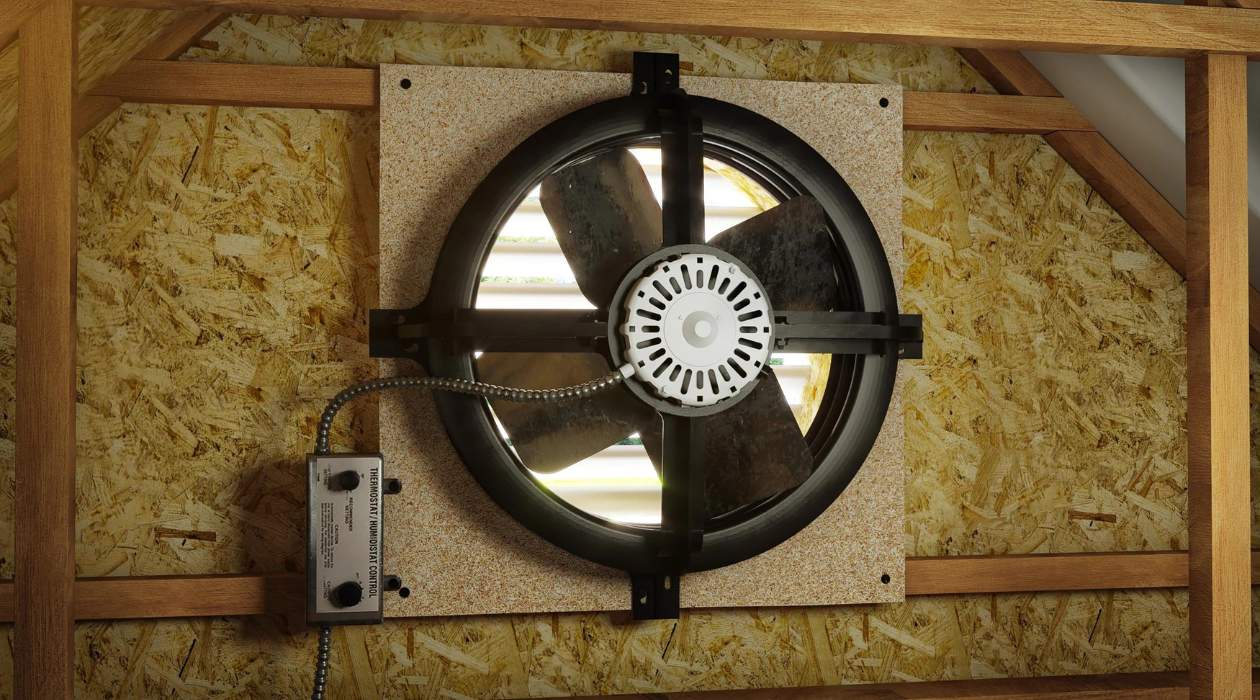
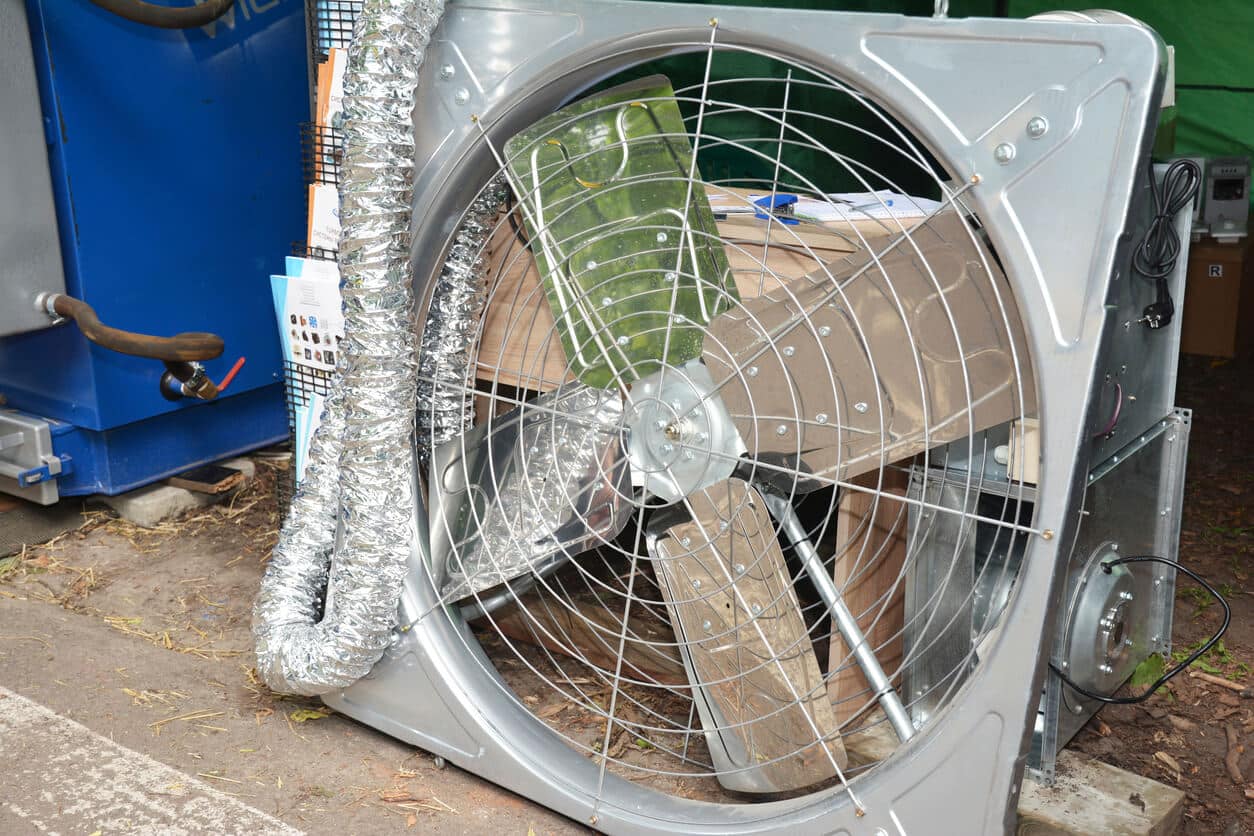

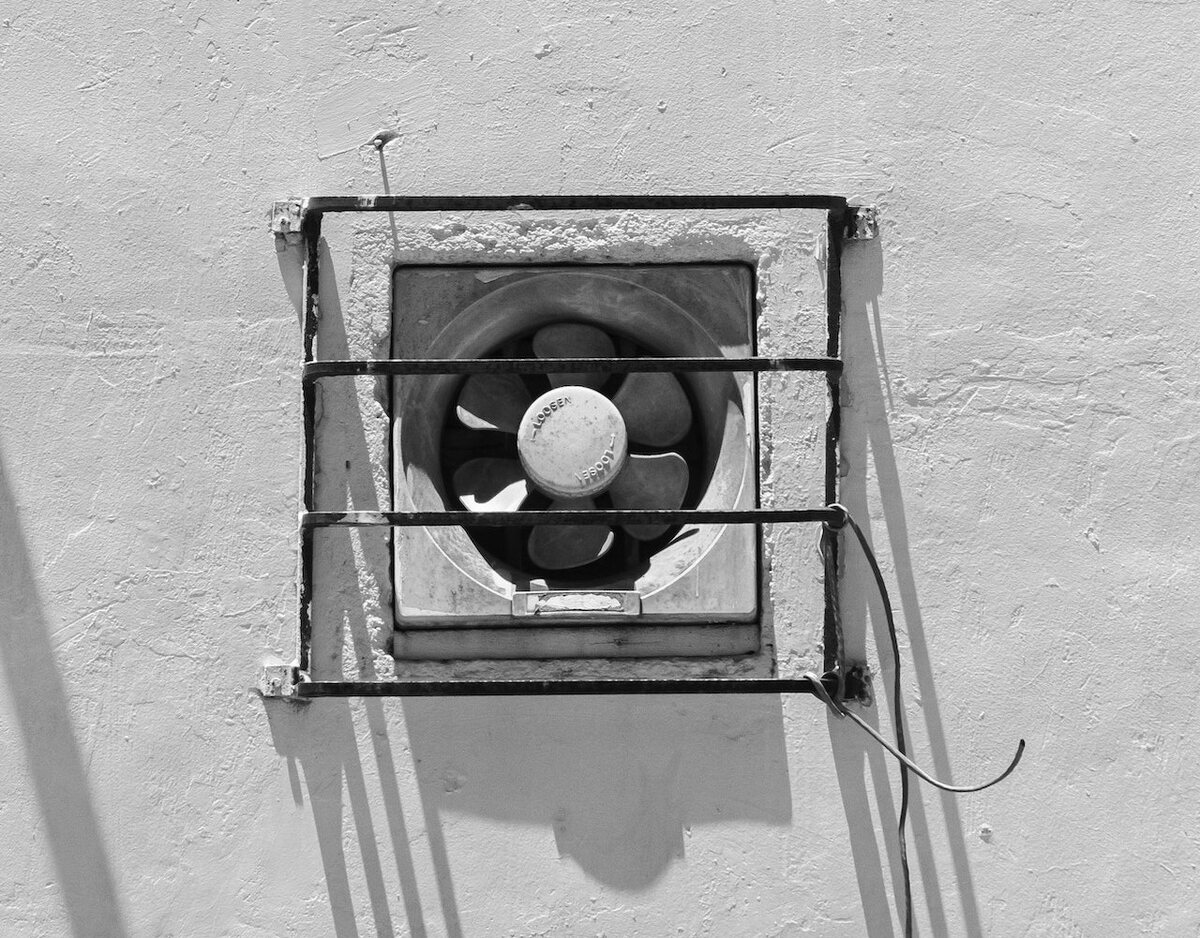
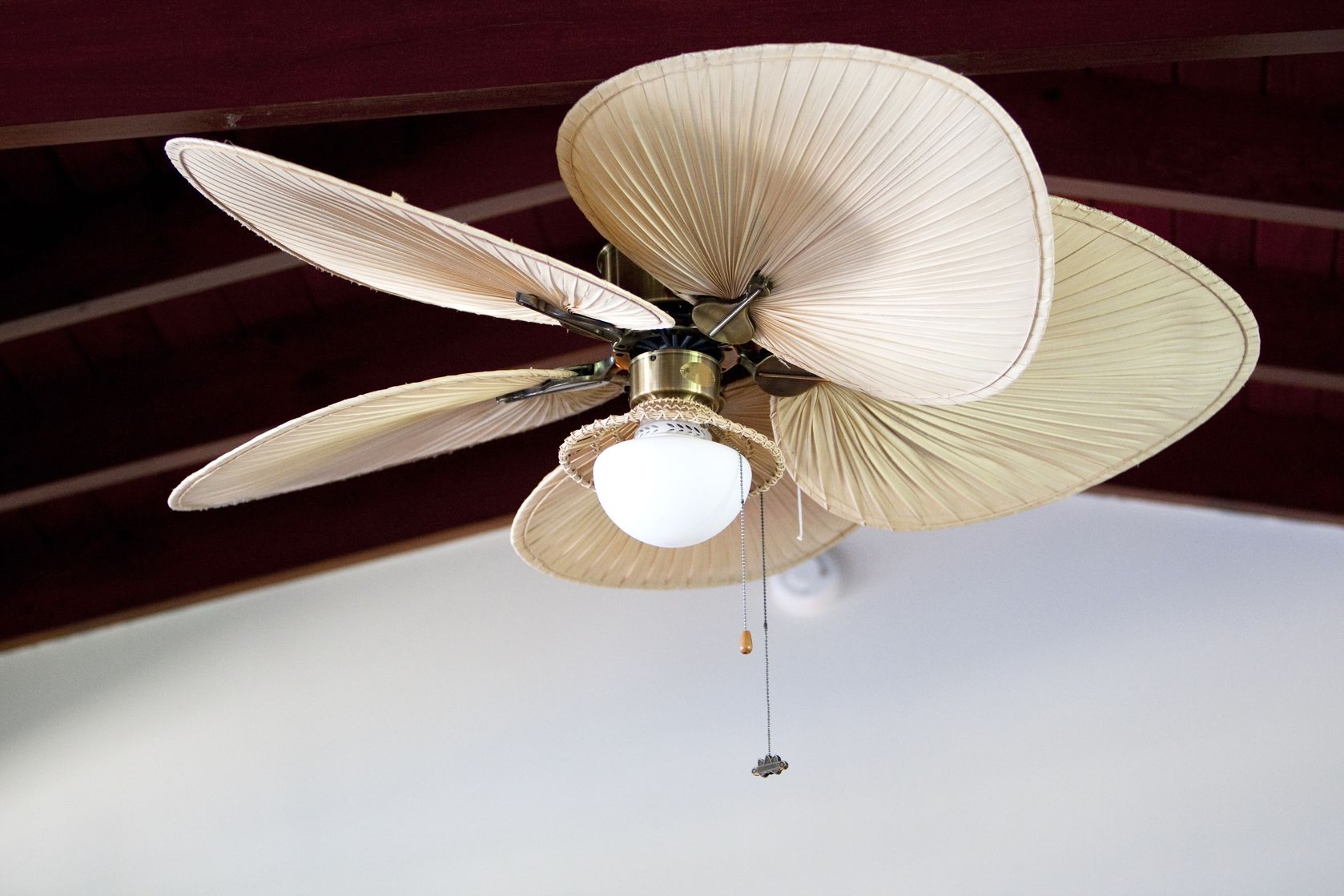
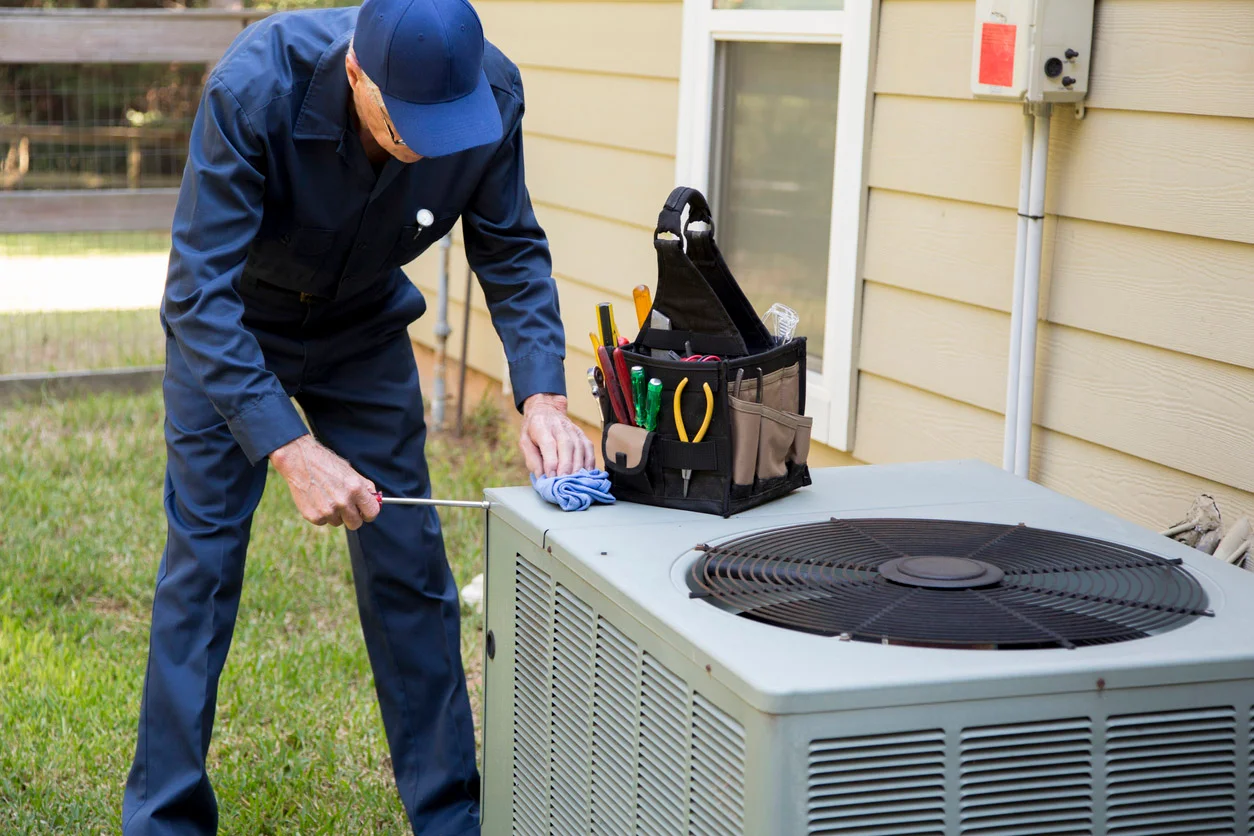
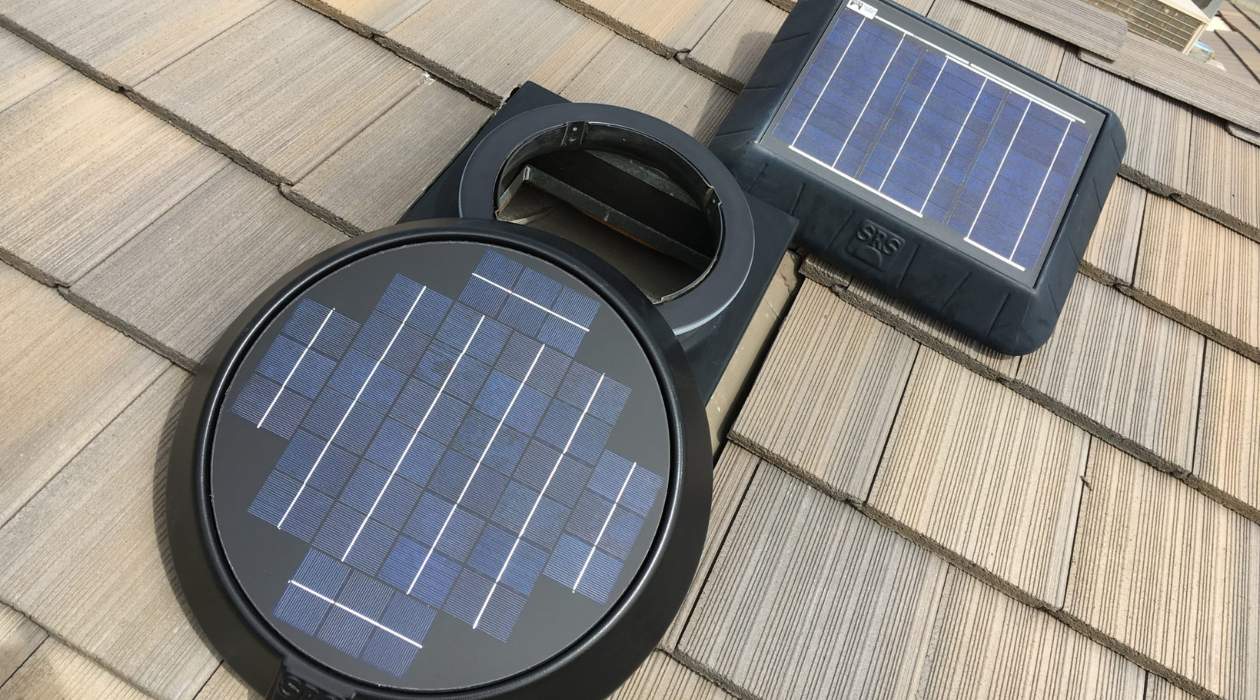

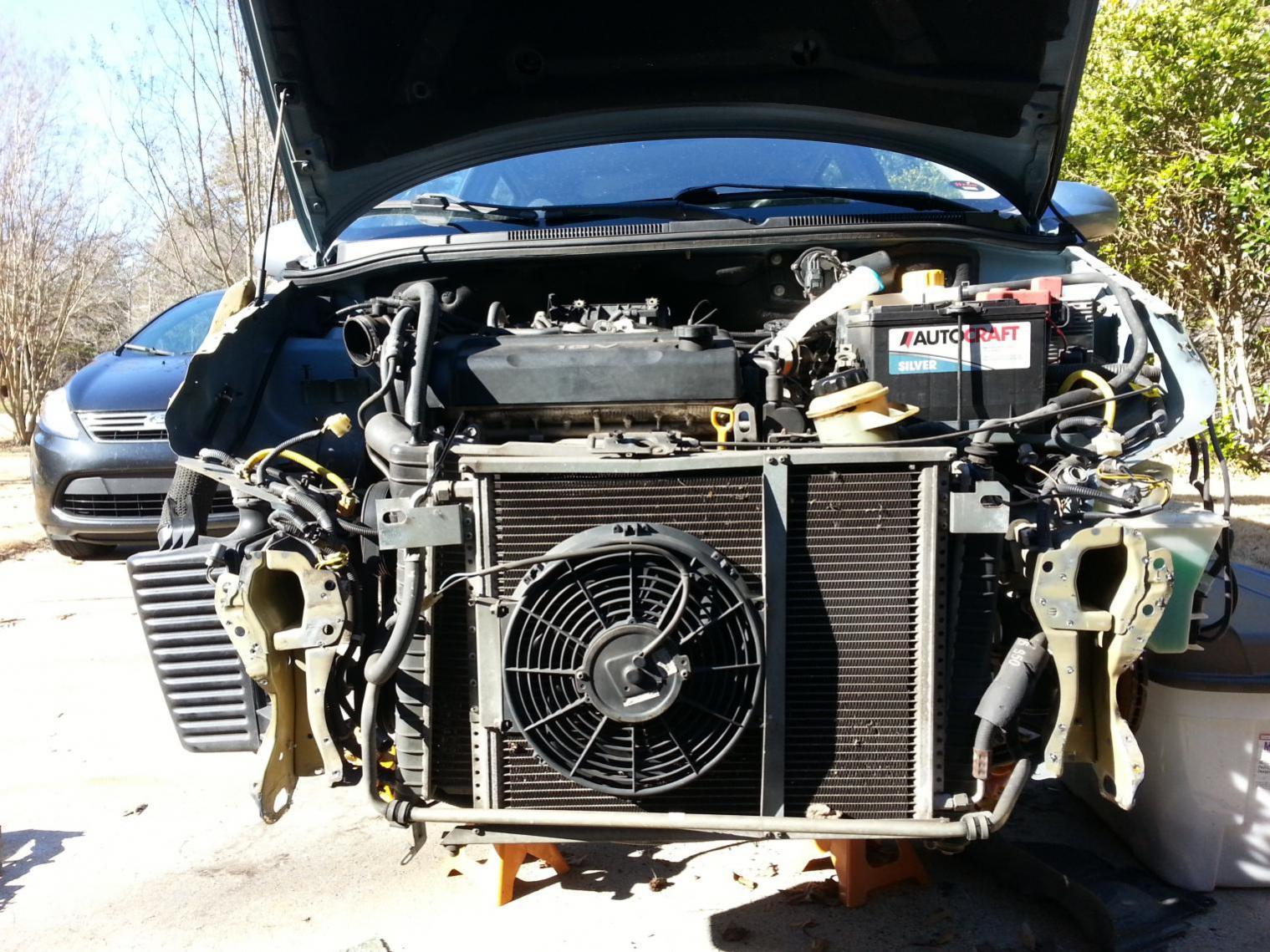
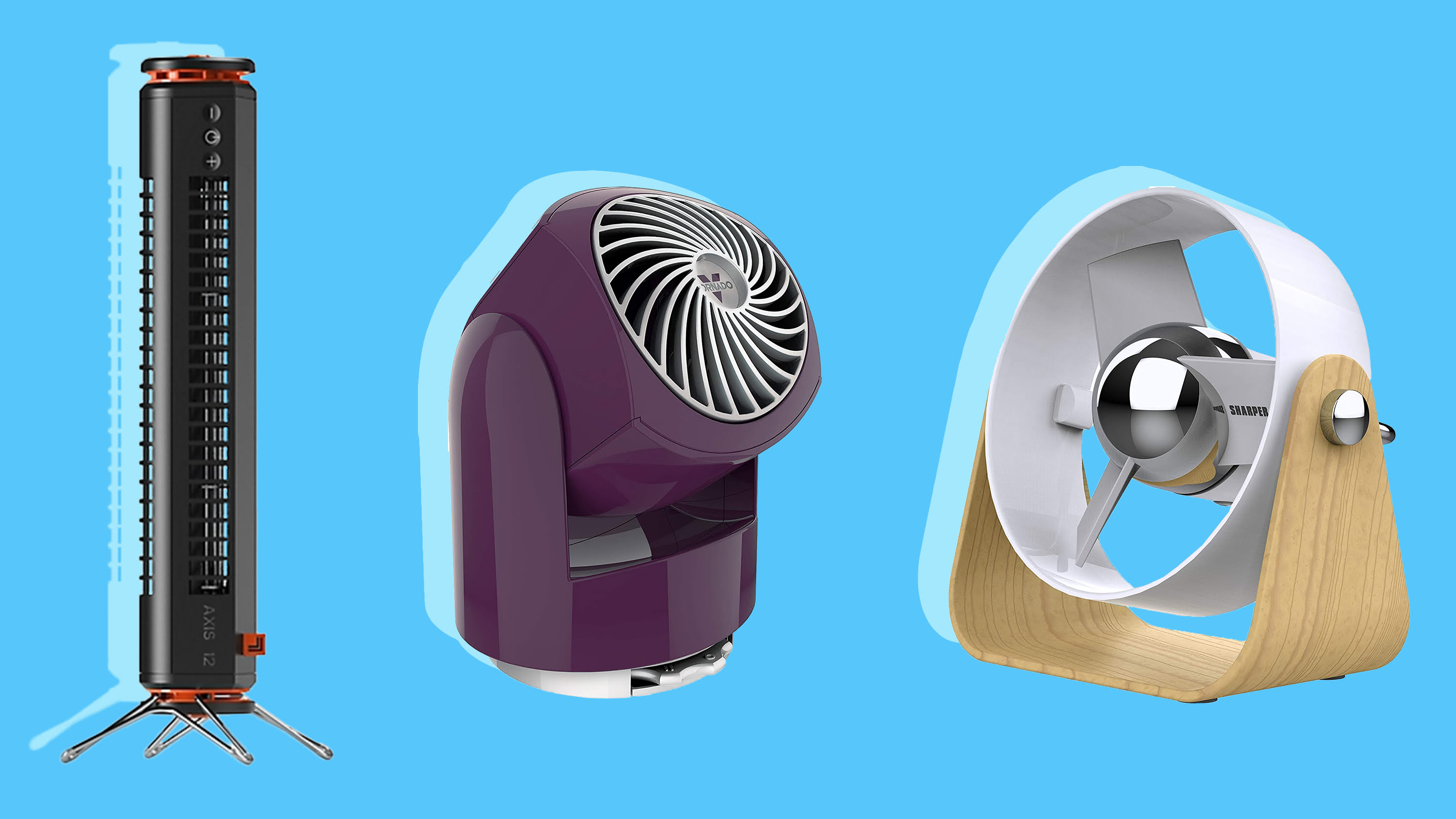
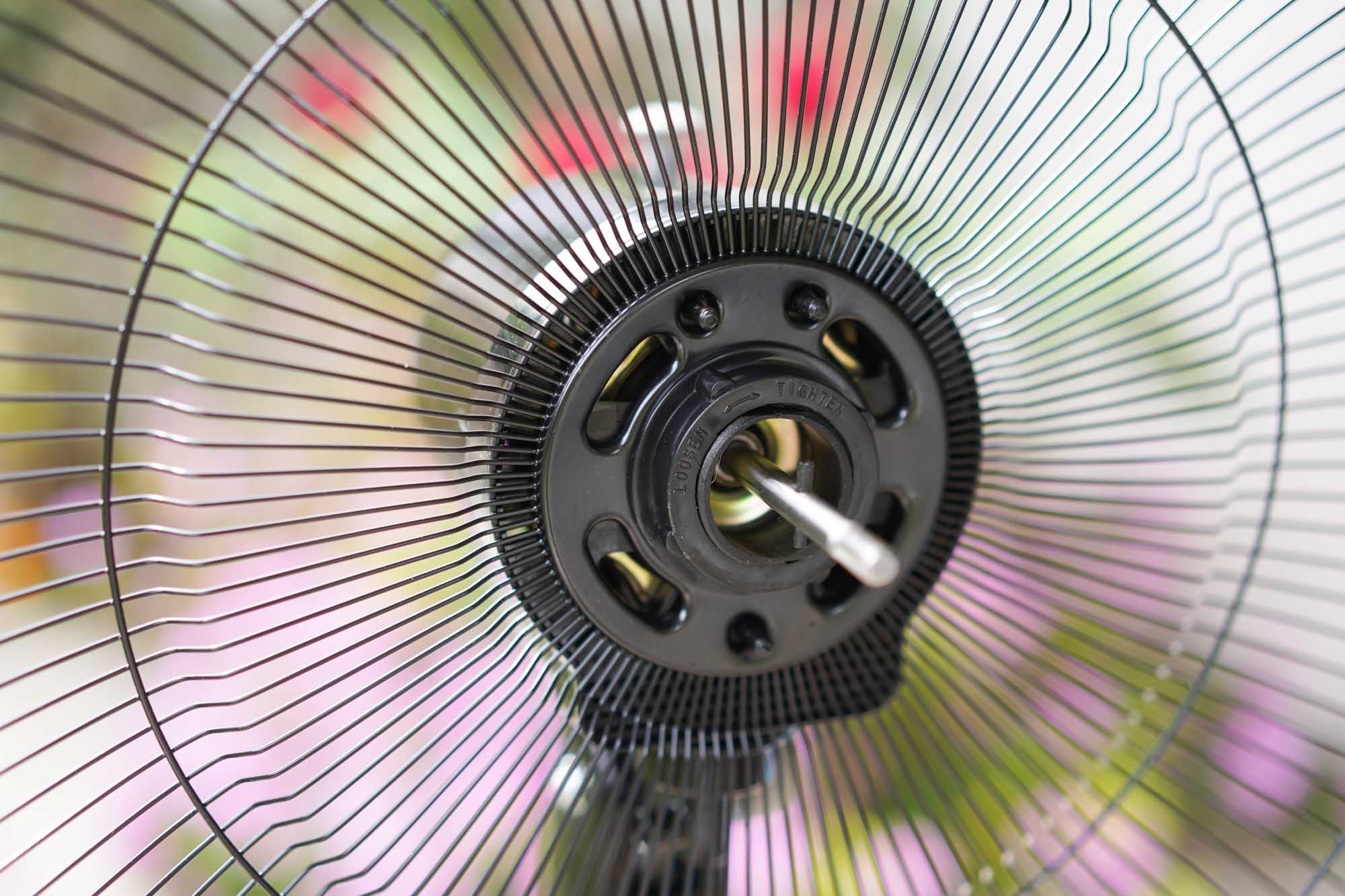

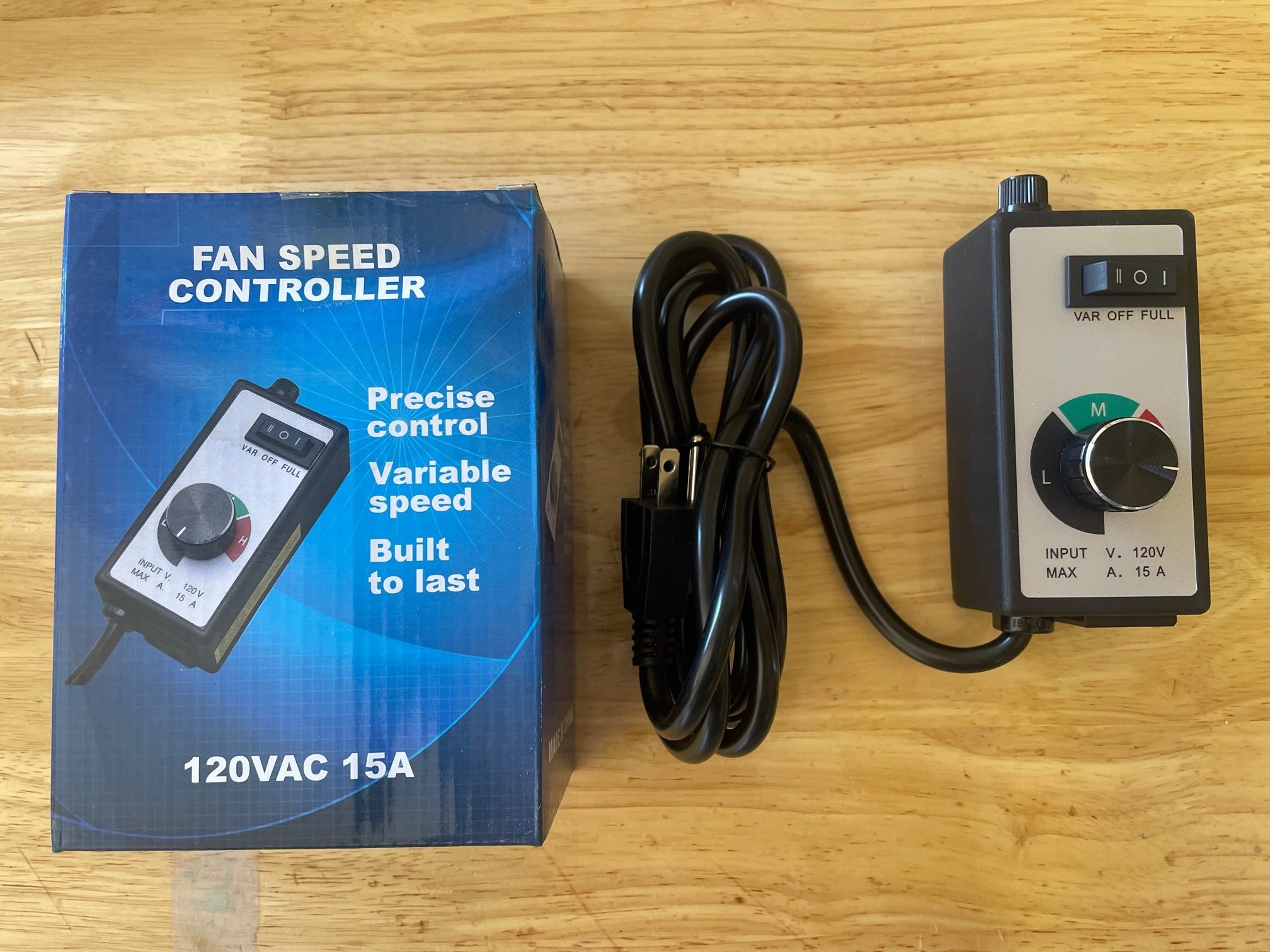
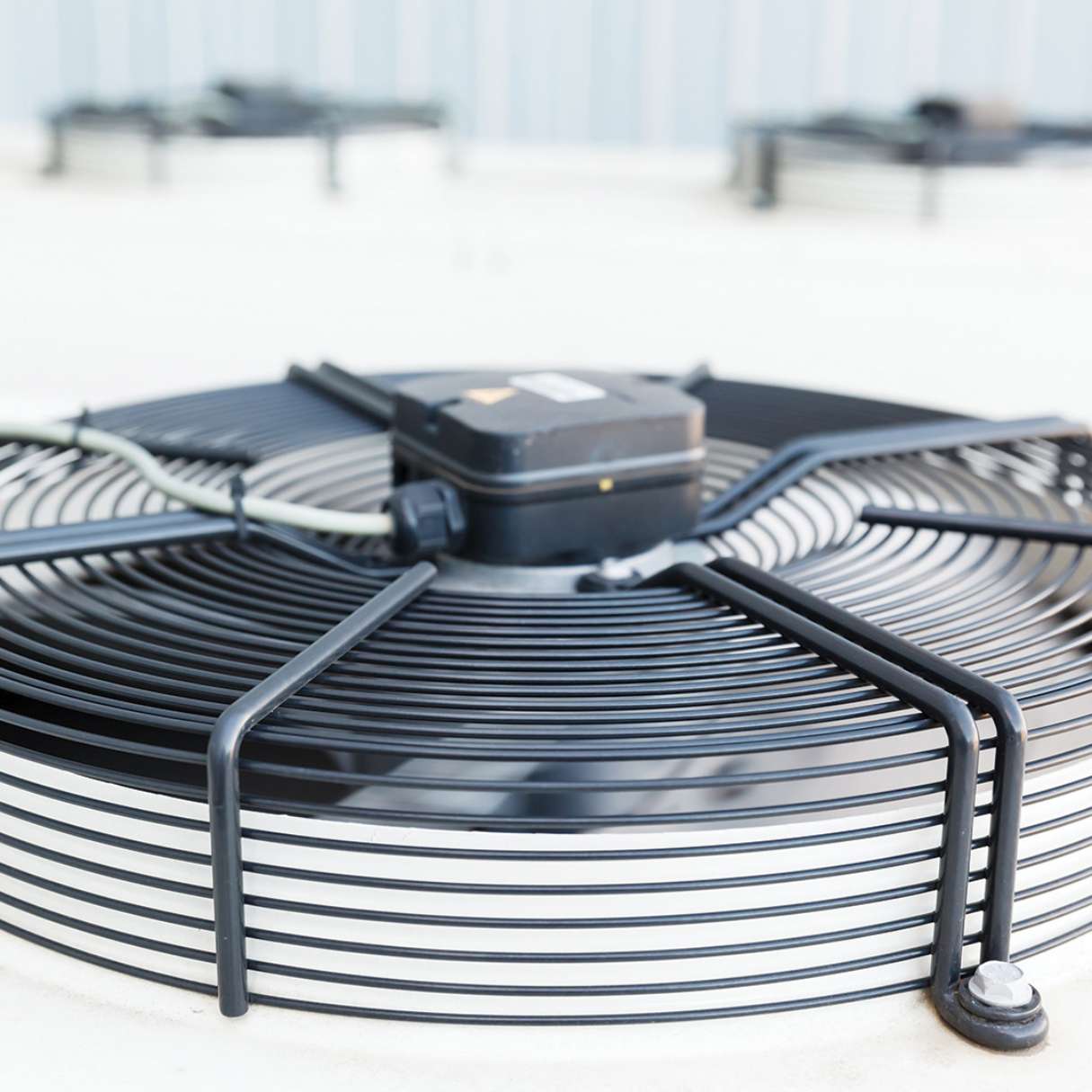

0 thoughts on “How Fan Works”